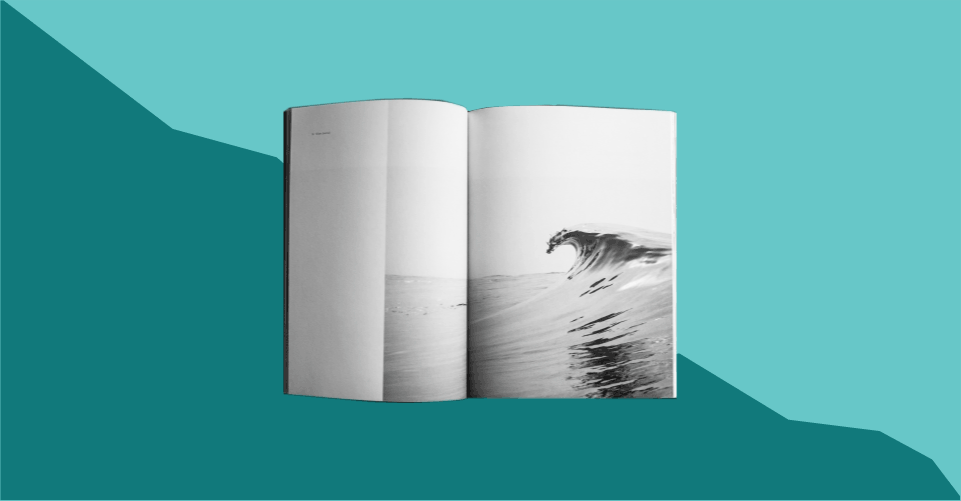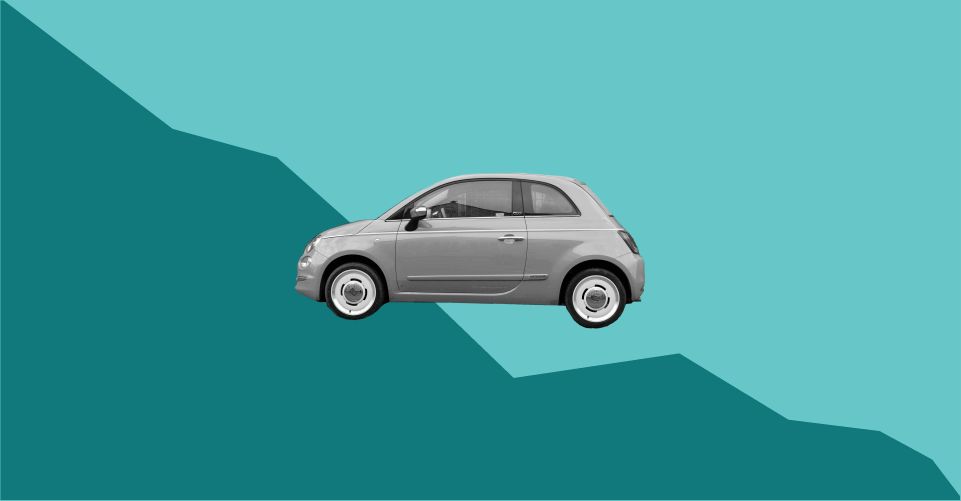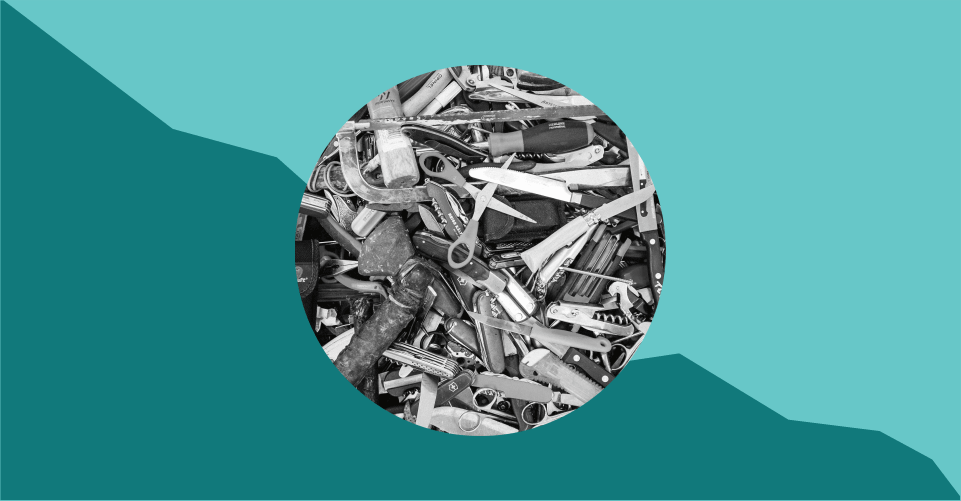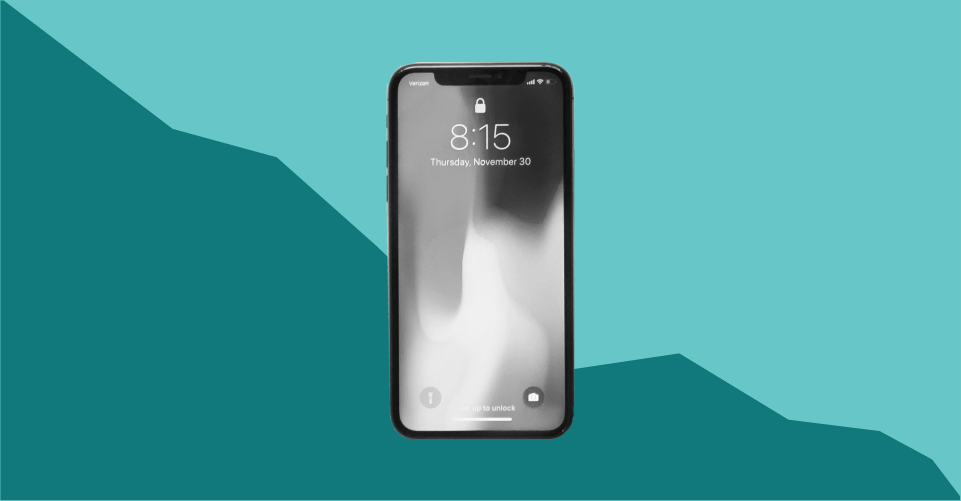Whether you’ve binge-watched Tidying Up with Marie Kondo or not, there’s no doubt that reducing and organizing your possessions is a good idea.
Admit it, you’ve never considered tidying your junk drawer until now. You know the one—it’s bursting at the seams with old rubber bands, broken light bulbs, and your Nokia flip phone from 2005.
Although Kondo’s “
Six Basic Rules of Tidying” have merit, downsizing isn’t restricted to a clean closet and orderly junk drawer. In order to reap the versatile benefits of downsizing, you’ll need to employ this convention in multiple areas of your life.
So, I’ve skipped the basic, “declutter your possessions” advice—there’s enough of that already. Instead, I’ve focused on four places to declutter outside your junk drawer. If you tackle them all, you’ll experience short and long-term benefits related to your finances, fitness, and mental health.
1. Minimize Your Subscriptions
In 2020—it’s all about subscriptions. You name it, you can probably get a monthly subscription for it.
Most of us indulge in the standard subscription triumvirate of Netflix, Hulu, Disney+, Spotify, and Amazon Prime. But, with all of the subscription boxes that have popped up on the market, you’ve probably added a few of them to your guilty pleasure list too.
Don’t worry though, you’re not the only one. Subscription services amounted to
$10.6 billion of consumer spending on the App store in 2017. And, according to
Forbes “the e-commerce subscription market has grown by more than 100% a year for the past five years.”
Subscription services prompt you to pay for goods or services that you might not like or may never use—all without thinking about it. These same subscriptions often start as harmless free trials—only to end up siphoning money from your account long-term. Unfortunately, automatic payments make it easy for you to lose track of your subscriptions, expenditures, and product usage.
So, the real question is—do you know what subscriptions you’re currently paying for?
Go home and scour your credit card statements to find out where you're being charged. You might be shocked to find that you’ve been paying for a monthly subscription of a magazine being sent to your old apartment—since 2015!
Once you’ve taken stock of what subscriptions you’re paying for, determine which ones you use regularly. You don’t need to cancel your beloved Netflix account, but it’s time to admit you’ve never worn any of the lipsticks from your cosmetic subscription box.
Log into your extraneous accounts and bravely click that “Unsubscribe” button. Don’t cave into any “We'll Miss You” emails. Instead, save your money, avoid incurring extra fees, and free up your poor inbox for emails from Grandma.
If you’re having trouble canceling or monitoring pesky subscriptions, you can enlist the help of subscription management apps such as
Truebill and
Trim.
2. Give Up Your Extra—or only—Vehicle
Despite the high initial costs, insurance prices, maintenance charges, depreciating value, and the inherent risks associated with owning a vehicle, Americans love buying them.
According to
CNBC, the average American will own upwards of nine cars in their lifetime. Moreover, the average American family owns two cars, while 35 percent of American households own three or more cars.
Purchasing vehicles at different times of your life is ingrained in society—it’s what you do. You buy a junker when you’re sixteen, upgrade to a Honda Civic in college, splurge on a slick ride in your early career, downgrade to a minivan when you have kids, celebrate your mid-life crisis with a sports car, and finally settle on a lavish yet practical model for retirement.
Now that you’ve unraveled this societal narrative, you’re free to assess whether vehicle ownership is a necessity for you.
If it’s not essential for you to have a car to get from A to B every day, consider
selling your extra (or only) vehicle. How often do you really use your car? According to
Business Insider, “On average, cars sold in the US sit parked more than 95 percent of the time.”
Although it may seem daunting, reducing the number of vehicles in your household, or becoming a car-free household, will produce immediate benefits for your health and finances.
It also turns out that going car-free will help you prepare for the future. A new study predicts that
only 20% of Americans will own a private car by the year 2030. As cost-efficient and autonomous ride-share options rise, it only makes sense that private car ownership will plummet. Follow the law of supply and demand—if you wait too long, selling your car may actually become difficult to do.
3. Streamline Your Tasks
Do you pride yourself on your expert multitasking abilities? While reading this article, are you simultaneously listening to your favorite podcast, making overnight oats, and juggling swords?
I hate to be the one to break it to you, but you might need to reassess your multitasking abilities. According to a study by Psychology Today, only 2 percent of the population, referred to as “supertaskers” is able to
multitask effectively. The remaining 98 percent of the population is actively lessening their productivity by juggling multiple tasks.
Why are we always trying to multitask? Unfortunately, we live in a society that glorifies “being busy” and completing lengthy to-do lists. The only way you’d be able to knock everything off your list is by completing multiple tasks at once. Alongside this, you’re constantly being bombarded by digital notifications. Your standard employee using a computer at work is
confronted by a distraction approximately every 10.5 minutes.
So, what would happen if you stopped multitasking and focused solely on one task? According to Psychology Today, “If you want to get the most done right, design your life to monotask. Your brain will thank you for it.” Essentially, you’ll complete tasks faster and more accurately—all while reducing your stress levels.
If you need help staying focused on one task at a time, try using a well-known productivity hack called “
The Pomodoro Technique.” It simply involves completing a 25-minute period of hyper-focused work, followed by a five-minute break. After four successful cycles like this, you will receive a 20-minute break.
4. Simplify Your Digital Presence
In this digital era, the average American spends
24 hours a week online. Yes, 24 hours—as in one full rotation of Earth around the sun, is spent online by most people every single week.
I know you’d like to think that you’re exempt from this disheartening statistic. But, unless you’re a park ranger, it’s easy to rack up time spent online between your professional and personal pursuits. Face it, you use the internet for just about everything—
communication, navigation, socializing, shopping, entertainment, research, fitness, organization, planning, and
decision-making.
However, downsizing your digital presence doesn’t necessarily mean reducing your time spent online. For most people, this isn’t a realistic option. Instead, focus on simplifying how you interact with it.
In the US, smartphone users receive an average of
46 push notifications per day. No matter your level of self-control, your attention is drawn to your electronic device when a notification lights it up. Unfortunately, these constant interruptions have been deemed a “toxic source of stress” by psychologists.
But, don’t worry—it’s easy to take back control of your mobile notifications.
Apps are only able to send notifications to your phone if you’ve given them permission. Unfortunately, many apps use an automatic opt-in (known as passive consent) when you download them. In order to control your notifications, you’ll need to select the opt-out option within each app.
Take a hard look at whether you really need all of these apps. If you decide to keep a certain app, take back control. Limit each app's ability to distract you by opting out of distracting notifications. Now you have the power to use the app only when you actually need it—not because you're compulsively clearing out notifications.
















